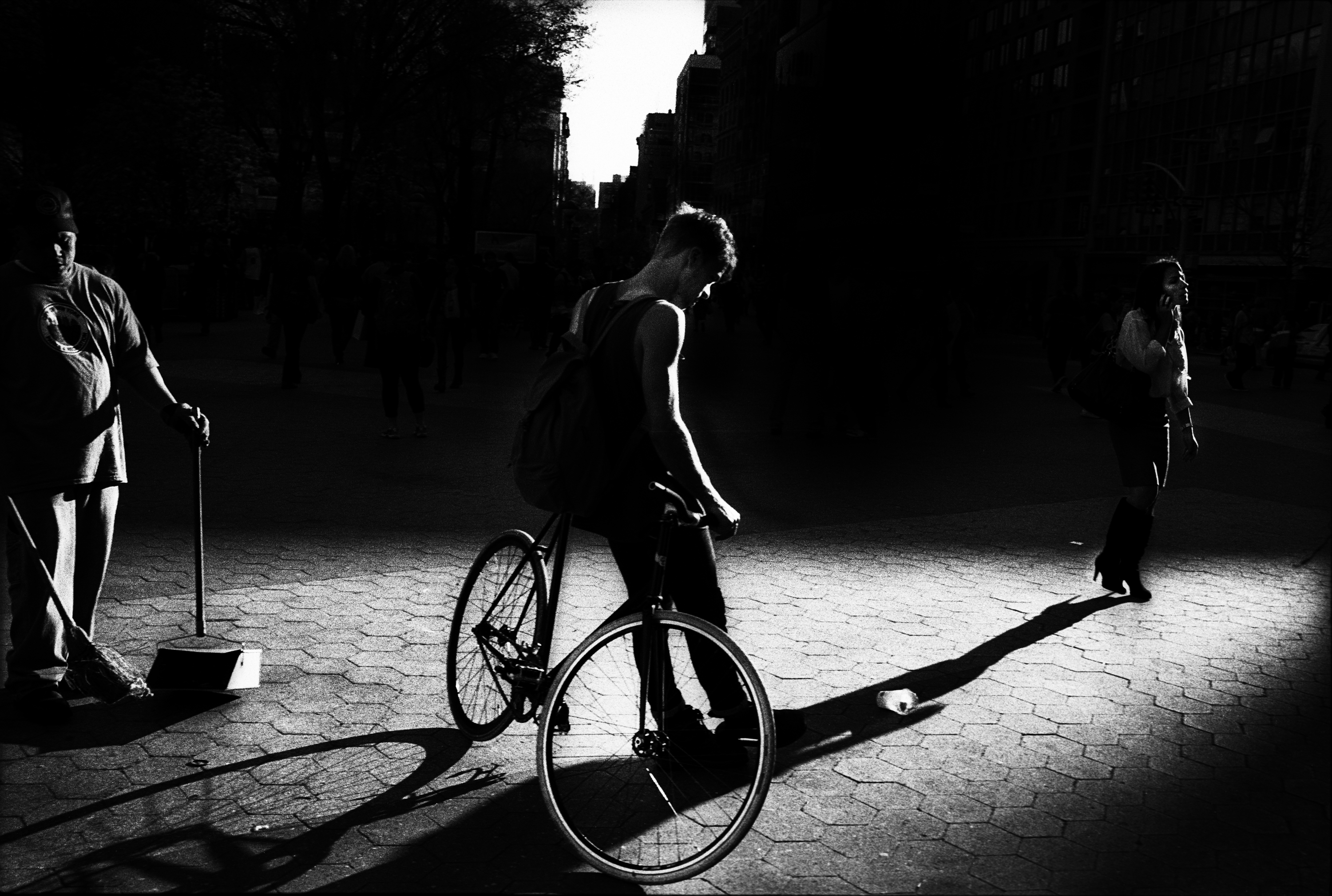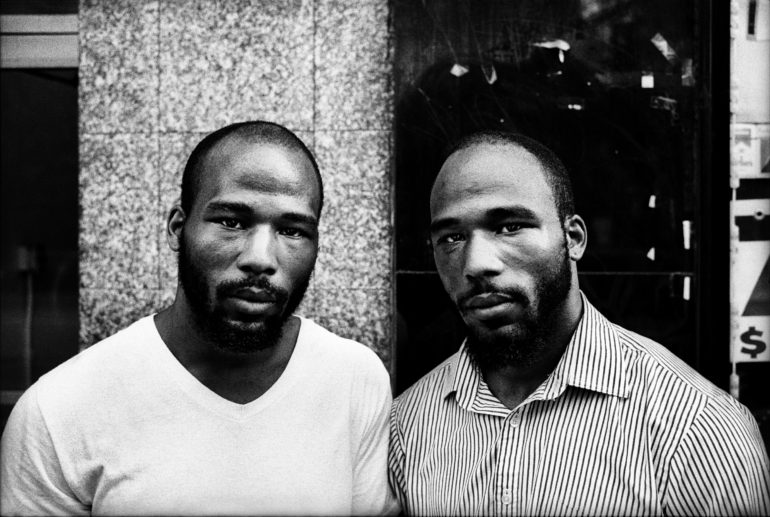Last Updated on 12/24/2020 by Chris Gampat
We’re streaming daily on Apple Podcasts, Google Podcasts, Stitcher, Pocket Casts, and Spotify!
I’m delighted that the world of black and white photography is a more accepted place than it was nearly a decade ago. We’ve come a long way from the days where it was looked at as just a crutch. Instead, it’s a movement. It took the age of Instagram, the analog revival, and the democratization of image-making for it to happen. Though black and white photography was often frowned upon in the photo industry, we can all speak to its importance in history. And more importantly, we can speak to its importance in the arts.
Editor’s Note: This piece is presented by Leica. Discover how the Leica Q2 Monochrom can change the way you shoot.
Bit by the ShutterBug
“I needed to break the cycle of being silent, as I learned from my Cuban family’s past, where there was always a subtext of hidden secrets and fear,” explains photographer Joseph Michael Lopez to us in an interview. “I yearned for a new way to be, with a new form of communication, being bi-lingual and being in between two cultures – I needed autonomy to pursue my own path and my own freedom of expression through a different course of action.” Mr. Lopez started out in filmmaking but fell into photography. With most creatives, it seems to go the other way!
Mr. Lopez aimed to tell as much of the story as he could in a single frame. He didn’t want to do it with 24fps, but a single photo. This, among other things, is majorly hammered into you in photojournalism school. Every single image needs something leading back to the theme of the story being told. At least one needs to do this as much as possible.
“I remember asking myself how am I going to say something with twenty-four frames a second if I don’t master the still frame as a form of communication.”
– A quote from Joseph Michael Lopez
These days, one could label Mr. Lopez as a street photographer. But he doesn’t like labels. Instead, Mr. Lopez sees himself more as a personal reporter. A unifying theme in his work is questioning life and learning from it. This is cemented together with a sense of curiosity. He’s inspired by folks like Gordon Parks, Eugene Richards, Eli Reed, Donna Ferrato, Joseph Rodriguez, and Larry Fink, amongst many others.
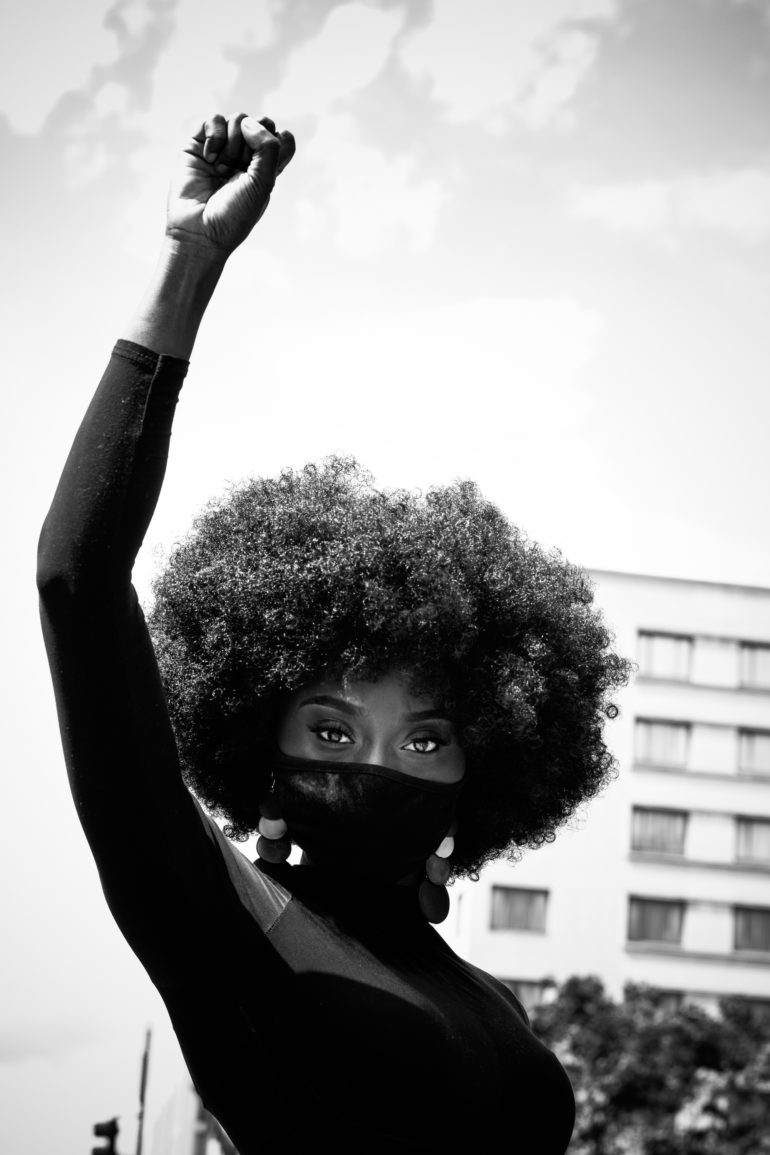
“As far as I can remember, I’ve always had a love for photography,” explains photojournalist Cheriss May to us. “I was the little girl showing up for family functions with a camera in my hand. My mom was a teacher and advisor for her school’s yearbook; I remember playing with her film camera, shooting around the house.” Film is a wonderful place to begin being inspired by the black and white format. And luckily, her parents encouraged and nurtured her artistic side. They got Ms. May her first camera when she was eight. Gordon Parks, Laylah Amatullah Barrayn, Sheila Pree Bright, Lawrence Jackson, Dee Dwyer, Ami Vitale, and Maggie Steber are people who inspire Cheriss.
For Ms. May, the professional side started in graphic design. But she eventually made her passionate photography hobby into a more serious business. Her first big gig was her friends’ company holiday party at the Smithsonian National Museum of Natural History.
“I did it scared! Did my research, had to rent gear, and it turned out to be great! They were pleased, I got paid, and I realized…wait, I can get paid to do something I really love to do!”
– A quote from Cheriss May
After a decade as a graphic designer, she was laid off. This was the impetus to pursue photography full time. She joined some organizations, including The National Press Photographers Association (NPPA), continued to shoot, and set up a website to share her images. Eventually, she started working with NurPhoto to document the second term of former President Obama’s administration.
Falling in Love with Black and White
Lots of photographers fall in love with black and white imagery. Show a client what they look like stripped of color, and their jaws are bound to drop. There are lots of scientific reasons behind this. But both our photographers credit it to their emotions.
“Black and white offers me the possibility to suspend time and place, and the possibility of transcending the real, as opposed to getting stuck with surface color,” explains Mr. Lopez. “I do enjoy shooting in color, but at the end of the day, I’m more satisfied with the emotional – metaphysical qualities of my black and white work and its potential for gravity.” Lots of folks think this way. If you ever went to photography school or art school, you’ll encounter that one professor who thinks that nothing beats Black and White film. Mr. Lopez continued to profess that he thinks what’s most effective is having something to say with a vantage point, regardless of color.
Ms. May also cites emotional reasons for shooting in black and white. “I love how black and white strips away any distractions and connects to the soul of the subject,” she states. “It’s really organic whether I choose to photograph in color or black and white. If I’m feeling a powerful emotional connection to who, or what I’m photographing, I see in black and white.” She states that she feels like black and white, most beautifully conveys strong emotions, and tells powerful stories.
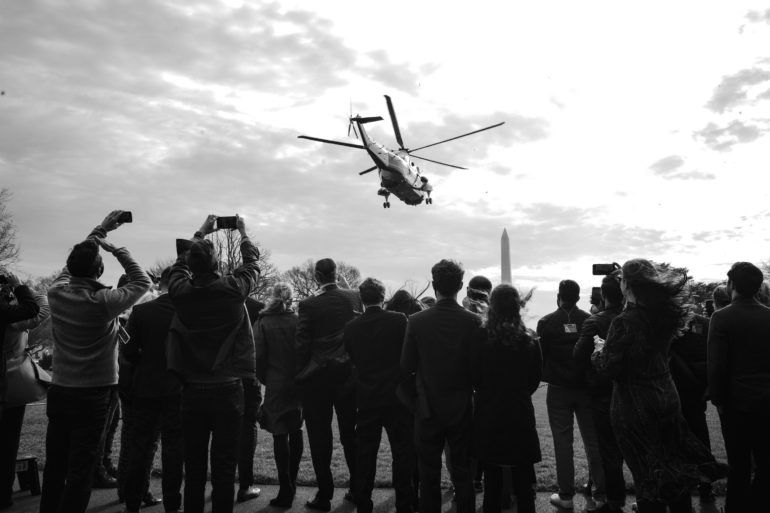
Thinking in Black and White
How does one think in black and white? Well, it takes time and practice. And more specifically, it takes a lot of conversations with yourself. Sometimes you have to decide how to get just the right look in-camera. You may envision a scene in front of you, shoot it, and then not get what you had in mind. So you need to connect the artistic side of your brain with the technical side. The two speak different languages, and you need to be the translator that brokers peace between the two.
“I’m really inspired by cinema, film noir, and the possibility of storytelling,” says Mr. Lopez. Indeed, this is how many people get inspired. Some music videos and films these days have special black and white versions. “I became obsessed with the greats when I did a lot of assisting before graduate school at Columbia. Along the way, I passionately photographed daily on black and white film, carrying my Leica everywhere working on long-form self-initiated projects.” Those projects have continued to be important stories that he tries to tell.
Storytelling Transcending Color
Both Mr. Lopez and Ms. May are working on stories around great big changes in our society right now. And each is using black and white to not make it about the issues around color.
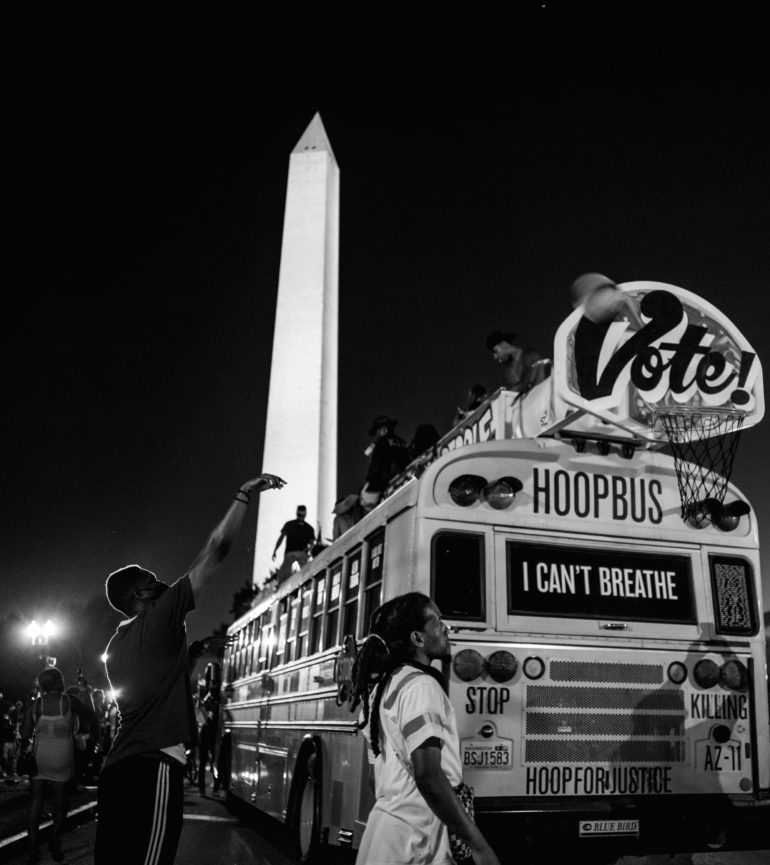
“I’ve been working on a body of work since 2007 that addresses patriarchy and power, as it relates to reproductive justice and the histories of Roe v Wade, that is ongoing and yet to be put out into the world.” Mr. Lopez tells us. It, like all other stories, he believes, is important to tell.
“I think it’s most important for you to know yourself, and be you. In regards to telling stories, I think all stories need to be heard though I think it’s important for you to work with what you have and who you are. You don’t have to travel to the other side of the globe to tell a story; sometimes the deepest stories are right in front of you.”
– A quote from Joseph Michael Lopez
“I’m an advocate for inclusive stories and storytellers,” explains Ms. May to us. “I love telling those stories of underrepresented and marginalized people and issues, those ‘hidden heroes.'” Of course, Black and White photography transcends color, especially you’re simply focused so intently on just telling the story. Ms. May’s work centers on the intersectionality of race, politics, protests from the White House to Capitol Hill, and communities across the country. And so, telling the stories in black and white is important to her and help her creative vision.
Tools of the Trade
The Essential Photography Gear of Joseph Michael Lopez
- Leica MP 0.058
- Leica 35mm f1.4 Summilux-M Aspherical
- Leica M10-P
- Leica 35mm f1.4 Summilux-M Aspherical FLE
- Leica Q2 Monochrom
My go-to tool since 2003 is an analog Leica MP .058 with a 35mm f/1.4 Summilux-M Aspherical lens. Digitally, it’s a Leica M10-P with a 35mm f/1.4 Summilux-M ASPH FLE and more recently I’ve been testing out the very impressive and compact Q2 Monochrom.
The Essential Photography Gear of Cheriss May
- Leica M10-R
- Leica M10-P
- Leica Q2 Monochrom
“I want to add the Q2 to my lineup. These cameras are small and powerful! They’re full frame, work great in low light, and the dynamic range is incredible. I love how easily I can move around and they’re not intimidating, so I can connect with people organically. These cameras are intuitive and fun to work with! They put me in a space where I can relax and let my creativity flow.”
All images by Joseph Michael Lopez and Cheriss May. Used with permission. This is a sponsored blog post by Leica.


